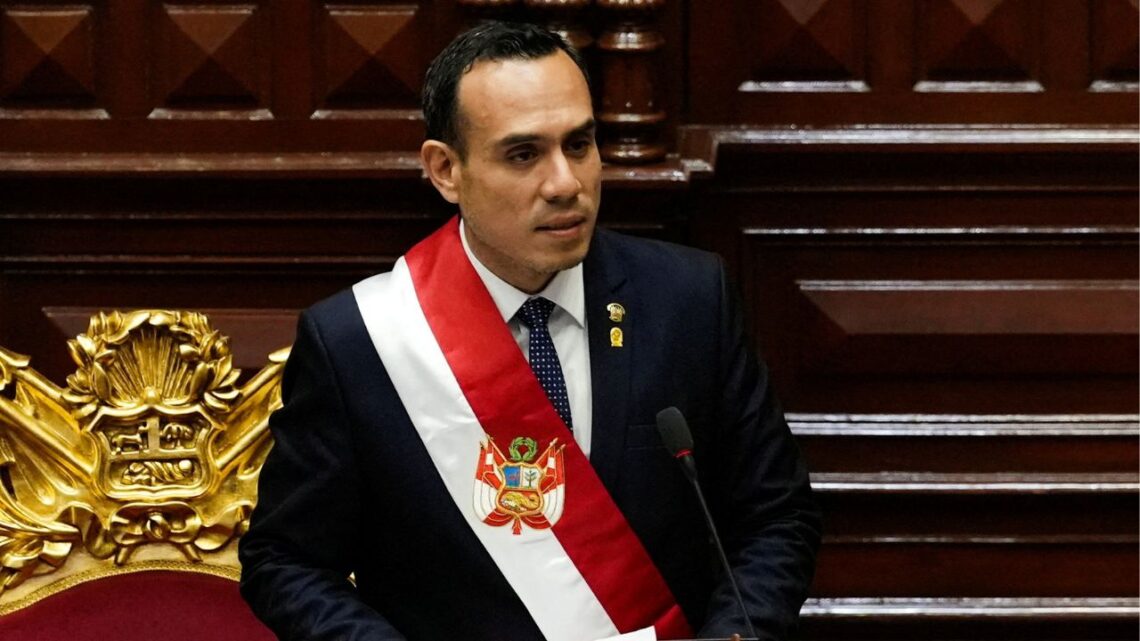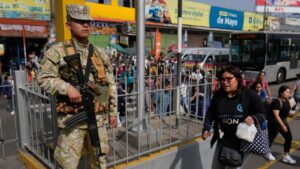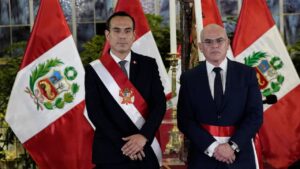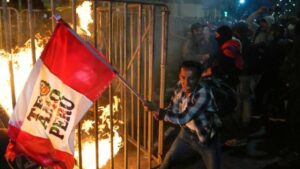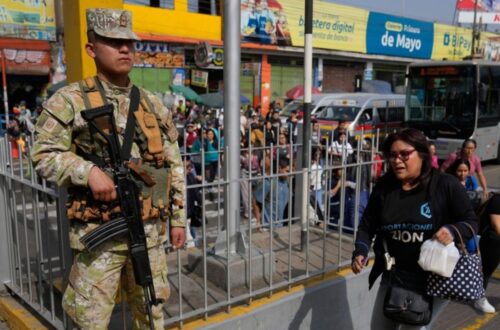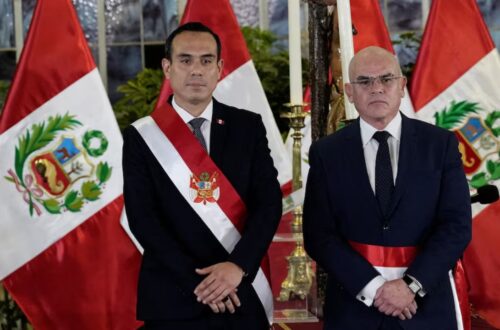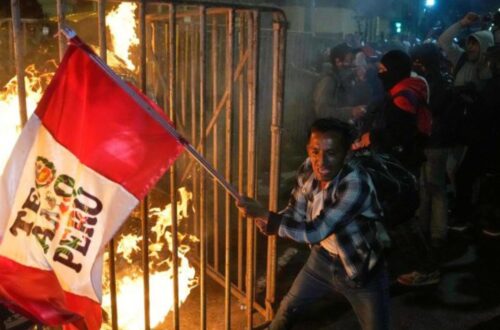Peru’s new president, José Jerí, has taken a bold and immediate step to address the country’s worsening security situation. On October 21, 2025, the government declared a 30-day state of emergency across Lima and the nearby province of Callao.
This decision allows the armed forces to assist police in maintaining law and order amid rising violence, extortion, and organized crime. The move comes just days after Jerí assumed office, following the political turmoil that led to the removal of his predecessor.
Why the State of Emergency Was Declared
Peru has faced a sharp increase in killings, robberies, and extortion over the past few years. Authorities say the surge in gang activity, especially in urban areas, has made residents feel unsafe.
Between January and September 2025, more than 1,690 homicides were reported nationwide, a clear jump from 1,502 cases during the same period last year.
Additionally, extortion cases have nearly doubled in two years, and youth violence in Lima’s poorer districts has become a growing concern. Many Peruvians have accused past governments of failing to act decisively against criminal organizations operating in neighborhoods, ports, and prisons.
Key Measures Under the Emergency Decree
The government’s emergency declaration introduces strict controls aimed at restoring public security. The details of the new rules are summarized below:
| Measure | Details |
|---|---|
| Duration | 30 days starting from midnight on October 22, 2025 |
| Areas Covered | Lima Metropolitan Region and the neighboring Callao province |
| Law Enforcement | Armed forces will assist the police in security operations |
| Public Rights | Freedom of assembly and movement may be temporarily restricted |
| Transportation Rule | Two adults cannot ride together on a single motorcycle |
| Prison Controls | Tighter surveillance and limited visitation rights for inmates |
The government emphasized that these actions are meant to ensure safety, not to suppress civil rights. However, citizens have been urged to cooperate with authorities and follow curfew restrictions in high-risk areas.
Crime Surge and Public Reactions
The rise in organized crime has deeply affected public life in Peru. Many families report living in fear of extortion, as criminal gangs often demand money from small business owners and transport operators. In Lima alone, hundreds of cases of “protection fees” have been recorded this year.
Residents of Callao, one of the country’s busiest ports, say gang wars and drug trafficking have turned their communities into danger zones.
With this emergency decree, citizens hope the visible presence of the military will finally bring relief. However, others fear the government may repeat past mistakes, as previous emergency declarations had only limited success.
A Political Test for President José Jerí
This decision marks one of President Jerí’s first major challenges since taking office earlier this month. He replaced former President Dina Boluarte, who was removed after widespread dissatisfaction with her handling of crime and protests.
Jerí promised that his administration would focus on “actions, not words”, signaling a tougher stance against lawlessness.
Political analysts believe the emergency will test the new government’s leadership and its ability to balance security enforcement with democratic freedoms. If crime numbers decline, Jerí could earn public trust quickly. But if violence continues, the crisis could deepen further, affecting his political legitimacy.
Challenges Ahead
While the emergency brings short-term control, experts warn that long-term reforms are essential. Peru’s justice system, police force, and prison network are overstretched and often underfunded. Corruption within local governments and law enforcement also complicates the fight against organized crime.
Authorities must therefore combine military deployment with social reforms, youth education programs, and investments in job creation to reduce the root causes of violence. Without such efforts, the country risks repeating its cycle of instability and fear.
Peru’s new state of emergency represents a critical moment in the country’s fight against crime. President José Jerí’s decision underscores the urgency of restoring safety in the streets and rebuilding citizens’ confidence in government institutions.
While the immediate focus is on enforcement, Peru’s long-term stability will depend on meaningful reforms that address inequality, corruption, and youth unemployment. The next 30 days will be a defining test for both the new president and the nation’s future.
FAQs
How long will the state of emergency last?
The decree will remain in effect for 30 days, starting on October 22, 2025, and may be extended if necessary.
Which regions are affected?
The emergency applies to Lima and Callao, two areas most affected by violent crime and gang activity.
What restrictions should residents expect?
People may face limited freedom of movement, bans on large gatherings, and increased military checkpoints. Certain public transport restrictions, such as the motorcycle rule, will also apply.

